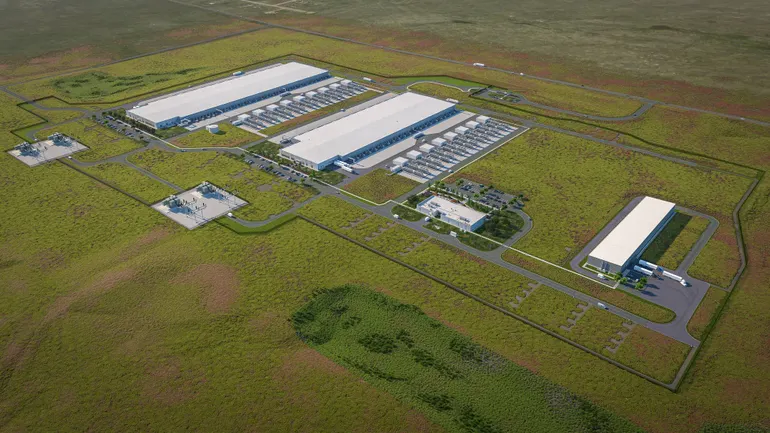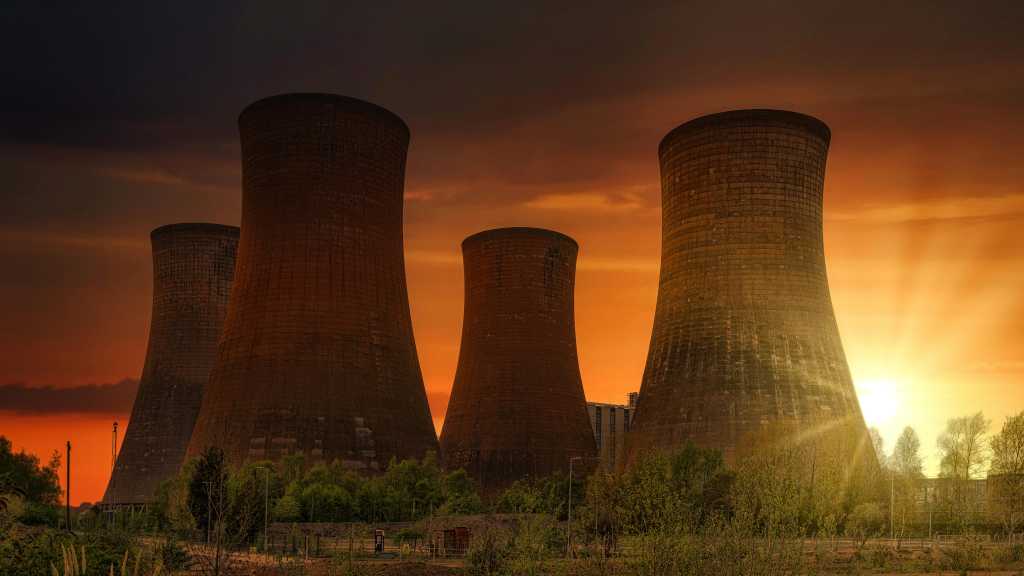
Out of the top 25 highest energy-consuming countries, the United States now ranks 11th in energy efficiency policy and performance, according to the American Council for an Energy-Efficient Economy’s 2025 assessment.
ACEEE previously ranked the U.S. 10th in its 2018 and 2022 International Energy Efficiency Scorecards. The slip in rankings is “despite a slight increase (3 points) in overall score,” ACEEE said in its report, “due to larger point gains among the top performers.”
The four categories the group scores are national efforts, buildings, industry and transportation. Countries can earn up to 25 points in each section for a total of 100 points in subcategories such as fuel economy and emission standards or residential and commercial building codes.
The U.S. in 2022 scored 16.5 points in national efforts, 17 in buildings, 12 in industry and 8.5 in transportation. In 2025 it scored 21 in national efforts, 17 in buildings, 13 in industry and 6 in transportation.
Since 2022, “countries have made incremental progress in improving energy efficiency in buildings and industry,” ACEEE said. “However, even the top-performing countries have substantial room for improvement in advancing transportation efficiency.”
“Nearly every country could work to significantly reduce travel from personal vehicles,” the report said.
China improved its ranking from 9th in 2022 to sharing 5th place with Spain in this year’s report, thanks in part to its global leadership in public transit use and its national targets for reducing energy consumption and energy intensity.
In 2025, the top four countries in order are France, Germany, the United Kingdom and Italy. France also ranked first in 2022.
ACEEE cites France’s 2024 commitment of €800 million, or $932.9 billion, “to building retrofits … with additional investments in low-carbon transportation,” and its 2023 release of a “national water saving plan to cut water use by 10% by 2030, primarily through tracking leakage rates.”
“Most notably, France runs multiple programs for helping residents access energy efficiency benefits,” ACEEE said.
The report said the U.S. commitment to energy efficiency was bolstered by Inflation Reduction Act spending which provided financial incentives for “retrofitting buildings, decarbonizing industry, and purchasing electric vehicles.”
ACEEE also said the U.S. was a leader in the region, ranking third overall in the national efforts category “due to significant reductions in energy intensity and substantial investments in energy efficiency, particularly low-income energy efficiency and associated research and development.”
The U.S.’s “model energy codes are among the most advanced globally,” the report said. “These codes include a comprehensive set of design and performance requirements for building envelopes and energy systems, and they are projected to deliver $138 billion in energy cost savings and avoid 900 million metric tons of CO2 emissions cumulatively from 2010 to 2040.”
However, the U.S. did not receive full points in the residential and commercial building code category because those codes are adopted at state and local levels, ACEEE said. The report recommended the U.S. adopt “mandatory building codes nationwide and [implement] a mandatory building energy performance labeling system, as the current Energy Star certification remains voluntary.”
The Trump administration sought to defund the popular Energy Star program in August, but Congress pushed back, opting to cut funding for the program to $32 million but maintain its existence.






















